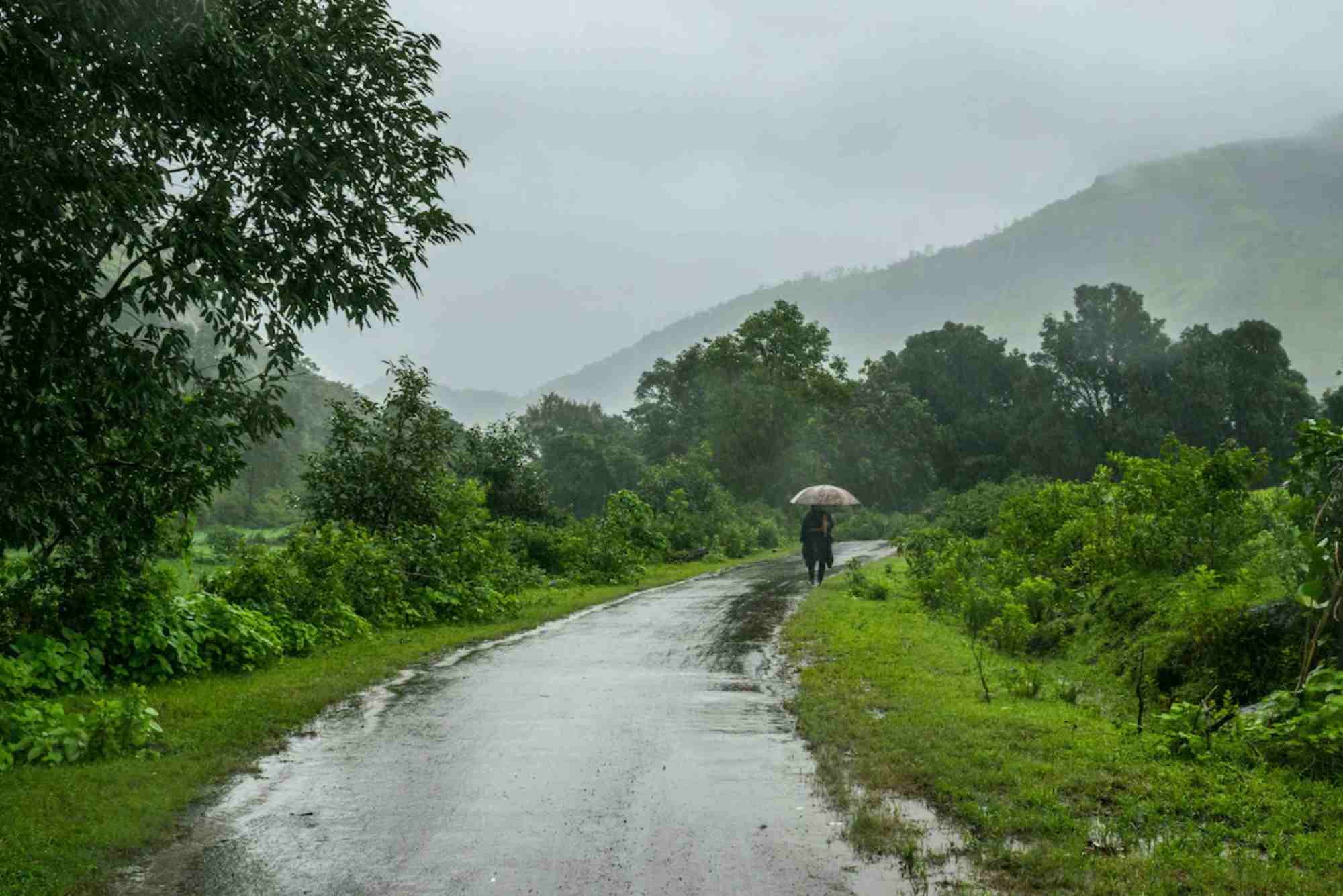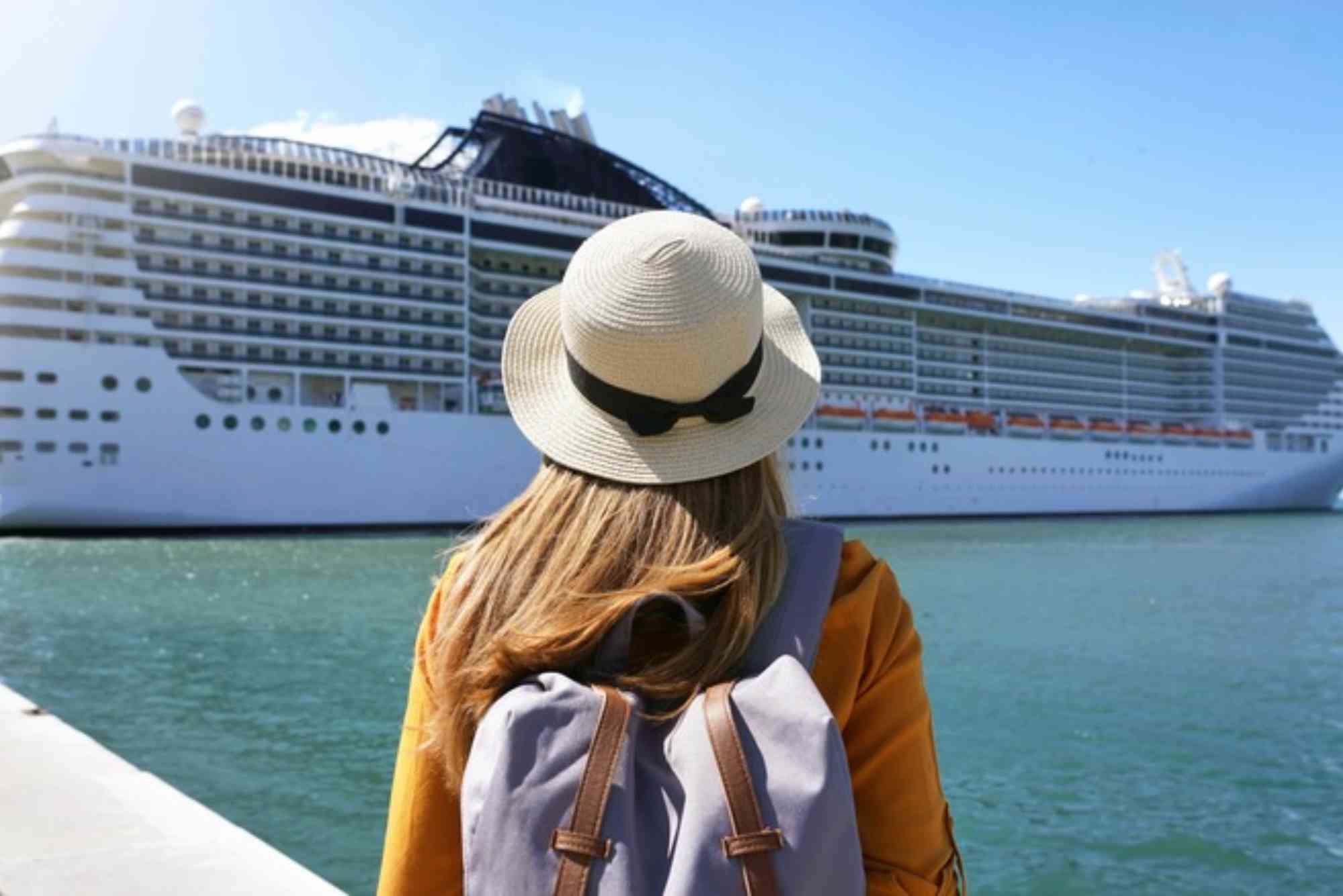Introduction
Traveling during the monsoon or wet seasons can be a unique experience. The world looks fresh, lush, and vibrant after the rainfall, rivers flow gracefully, and the landscapes are rejuvenated. However, wet seasons also bring certain risks such as slippery roads, flooding, and travel disruptions. Knowing how to travel during monsoon or wet seasons safely is crucial for any traveler who wants to enjoy the beauty of rain-soaked destinations without facing unnecessary dangers. This guide explores practical tips, preparation strategies, and safety measures that ensure your travel remains smooth, enjoyable, and memorable.
Understanding the Challenges of Monsoon Travel
Monsoon travel presents different challenges than typical dry-season travel. Understanding these challenges is the first step toward safe journeys. Wet conditions can create unpredictable hazards, including landslides in hilly areas, sudden waterlogging in cities, and increased vehicle accidents due to slippery surfaces. Public transportation might be delayed, and flights can get canceled or rerouted because of weather. Additionally, travelers may face health risks such as waterborne diseases, infections, or fungal issues due to prolonged exposure to damp environments. By acknowledging these potential difficulties, you can plan ahead and avoid situations that might compromise your safety or comfort.
Weather Variability and Its Impacts
Rain patterns can vary significantly, sometimes within a single day. Morning sunshine may turn into afternoon downpours, making outdoor plans unpredictable. Sudden storms can cause roads to flood, creating dangerous conditions for driving or walking. It is important to keep updated with local weather forecasts, understand regional rainfall patterns, and plan travel schedules around predictable windows of dry weather whenever possible. Understanding this variability is a core part of knowing how to travel during monsoon or wet seasons safely.
Infrastructure and Transport Risks
During monsoon months, road conditions often deteriorate due to water accumulation, mudslides, or poor drainage. Public transport, such as buses or trains, may face delays, overcrowding, or operational interruptions. Airports can also experience delays due to low visibility and wet runways. Travelers must be aware of these limitations, maintain flexibility in travel plans, and allow extra time for commutes. Recognizing the risks of infrastructure disruptions ensures that you can adapt without compromising your safety or comfort.
Preparation Before You Travel
Preparation is the cornerstone of safe monsoon travel. The right planning can minimize risks, prevent last-minute stress, and enhance your travel experience.
Research Your Destination
Before traveling, research the destination’s monsoon patterns. Some regions may experience heavy rainfall only during certain months, while others have persistent wet weather. Understanding local topography is also essential. Hilly regions might be prone to landslides, while low-lying areas can face flooding. Learning about local emergency services, evacuation points, and safe routes can save crucial time in an unexpected situation.
Pack Wisely for Wet Conditions
Packing smartly can significantly improve comfort and safety during wet seasons. Waterproof clothing, quick-drying fabrics, and rain jackets are essentials. Durable, non-slip footwear is necessary for walking on wet surfaces. Consider packing water-resistant bags for electronics, travel documents, and valuables. Carrying a compact umbrella and protective covers for luggage adds convenience. Proper packing reduces discomfort and safeguards your belongings from damage due to rain or humidity.
Health Precautions
Traveling in wet seasons can expose you to health issues. Carry basic medications for common monsoon ailments such as cold, flu, or diarrhea. Use insect repellents to prevent mosquito-borne diseases. Drink only clean, filtered water and avoid street food in flood-affected areas. Personal hygiene and proper hydration are essential to staying healthy. Vaccinations for diseases prevalent in the region, if recommended, should also be up to date. These health measures contribute to safe and worry-free travel.
During Your Trip: Safety Tips
Once you are on the move, following practical safety tips ensures that your journey is enjoyable and secure.
Transportation Safety
Avoid driving through flooded roads, as water depth can be deceptive and vehicles may stall. If possible, use reliable local transportation with experienced drivers familiar with wet-season conditions. In cities with heavy rainfall, public transit can be safer than personal vehicles. Always keep emergency contacts handy and inform someone of your travel plans. Observing traffic advisories and avoiding travel during severe storms are key steps to ensuring safe travel during monsoon or wet seasons.
Accommodation Choices
Select accommodations located on higher ground or in areas less prone to flooding. Check reviews for reliability during wet seasons and ensure the facility provides essential amenities such as backup power, safe drinking water, and emergency assistance. Staying in well-maintained accommodations can prevent unnecessary complications caused by rain-related infrastructure failures.
Navigation and Outdoor Activities
When exploring outdoors, stick to marked paths and avoid slippery trails or steep slopes. Hiking in the rain can be dangerous due to landslides and loose rocks. Keep a flashlight, extra batteries, and a first aid kit handy. For water-related activities like boating, ensure that local authorities monitor safety conditions. Staying vigilant and informed helps prevent accidents during monsoon travel.
Travel Insurance
Travel insurance is essential when traveling in unpredictable weather. Look for policies that cover trip cancellations, medical emergencies, and weather-related disruptions. Having insurance ensures peace of mind and financial protection if plans go awry due to rain, flooding, or natural hazards.
Digital Preparedness
Use mobile apps to monitor weather updates and local news. GPS and offline maps can be lifesaving when areas are flooded or signals are weak. Keeping digital copies of identification and travel documents ensures access in case physical copies get damaged by rain. Digital preparedness is a modern necessity for safe travel during wet seasons.
Mindful Practices for a Comfortable Experience
Beyond safety, mindful practices enhance the overall experience during wet-season travel.
Flexible Itinerary
Plan a flexible schedule that can adapt to sudden rain. Include indoor activities such as museums, art galleries, and cultural centers. Allow extra time for commuting and rest, as wet roads and heavy rainfall can slow down travel. Flexibility reduces stress and makes the journey more enjoyable, even when unexpected weather occurs.
Engage with Local Communities
Local residents often have the best knowledge of navigating wet-season challenges. Asking locals for advice about safe routes, transportation options, and recommended activities can save time and prevent risks. Engaging with the community also adds a cultural dimension to your trip.
Maintain Positive Mindset
Monsoon travel may require patience due to delays or weather disruptions. Embrace the unique beauty of rainy landscapes, waterfalls, and lush greenery. Enjoying the experience with an open mindset enhances satisfaction and reduces frustration. Travelers who adapt to wet conditions often find these journeys more rewarding than traditional sunny-season trips.
Environmental Awareness
Respecting local environments during the wet season is crucial. Avoid littering, especially near water bodies and natural trails. Flooded areas may contain hidden debris or contaminants, so take precautions while walking or hiking. Supporting eco-friendly accommodations and activities ensures that your travel has a positive impact on local ecosystems.
Traveling during monsoon or wet seasons offers a magical perspective on nature and culture. The rain transforms landscapes, refreshes environments, and creates unique photographic opportunities. However, safety should always be the top priority. By understanding potential risks, preparing carefully, following practical safety measures, and embracing flexibility, you can travel during monsoon or wet seasons safely and enjoyably. Plan responsibly, stay informed, and immerse yourself in the unique experiences that the wet season offers. Safe travel starts with preparation, and every thoughtful step ensures that your journey remains memorable, enriching, and secure. Start planning your wet-season adventure today and discover the vibrant beauty of the world in rain-kissed splendor.
FAQ
Is it safe to travel by car during the monsoon season?
Traveling by car is possible, but avoid driving through flooded roads. Stick to main roads, drive slowly, and follow local traffic advisories.
What should I pack for a monsoon trip?
Pack waterproof clothing, quick-drying fabrics, non-slip shoes, umbrellas, water-resistant bags, and basic medications for common monsoon ailments.
How can I avoid health issues during wet-season travel?
Use insect repellents, drink filtered water, practice good hygiene, avoid street food in flood-prone areas, and carry basic medications.
Should I buy travel insurance for wet-season travel?
Yes, travel insurance is highly recommended. Look for policies covering trip cancellations, weather-related disruptions, and medical emergencies.
Can outdoor activities be done safely in the monsoon?
Yes, but stick to safe, marked trails, avoid steep or slippery areas, and check local weather alerts before engaging in outdoor activities.
How do I stay informed about weather changes?
Use mobile apps for weather forecasts, check local news, and stay in touch with accommodation staff for real-time updates on conditions.




